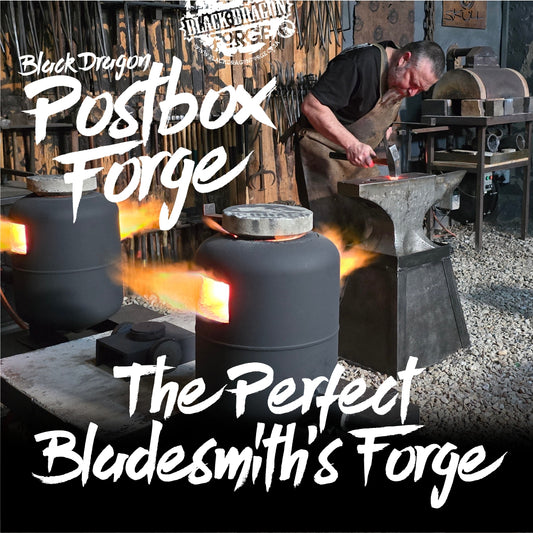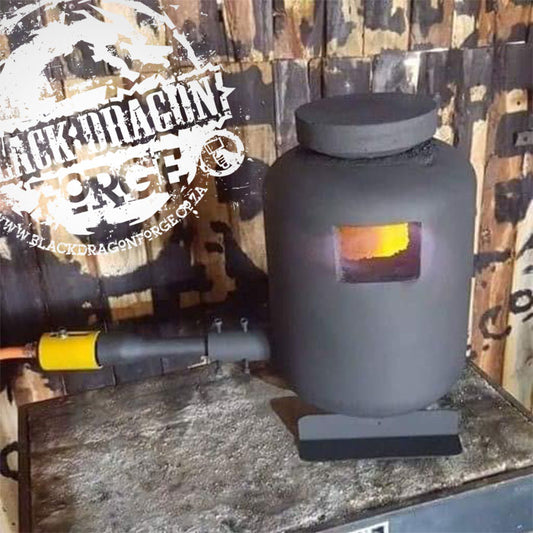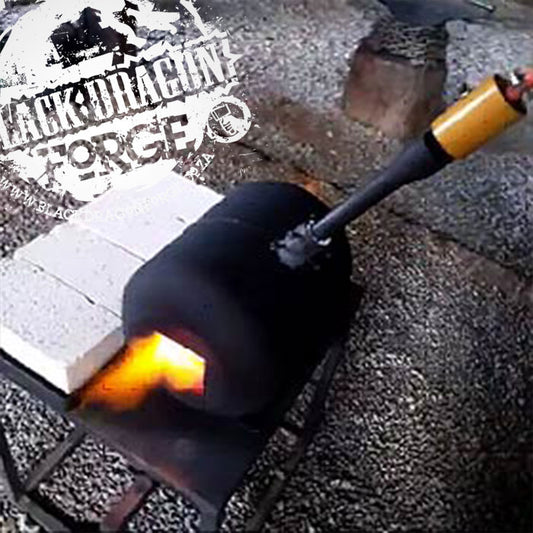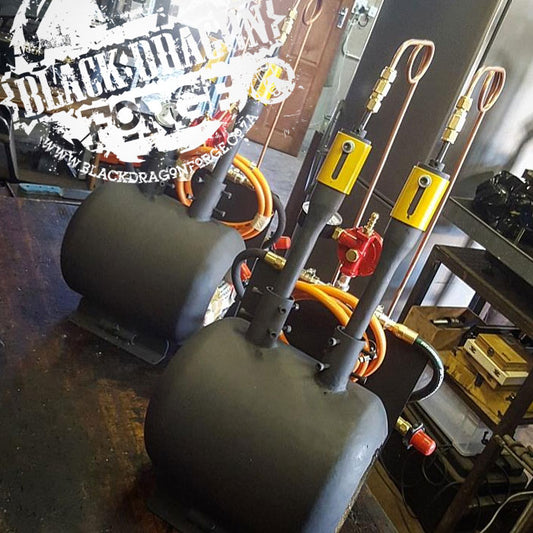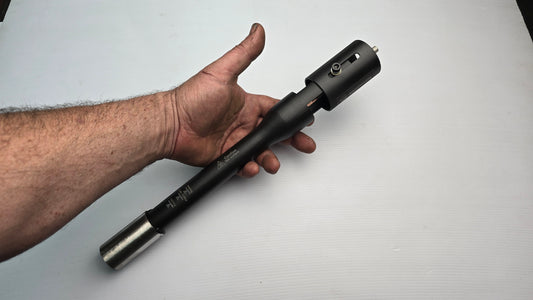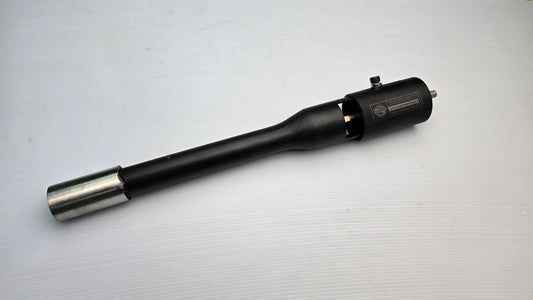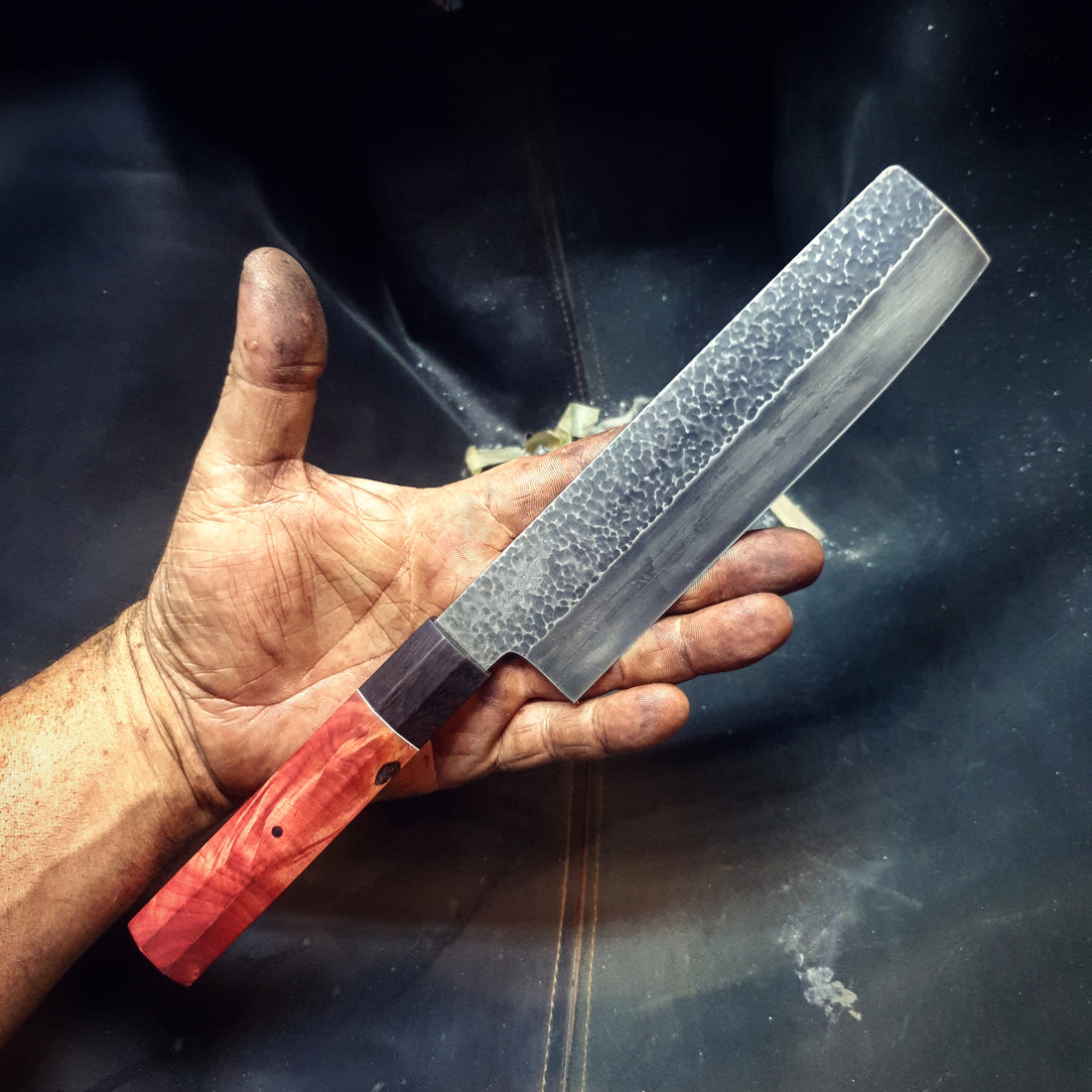
The Rise of Handmade Kitchen Knives: Meeting the Demand for High-Quality Culinary Tools
Neels Van Den BergA Cut Above the Rest
In today's fast-paced culinary world, where precision and artistry intertwine, the demand for high-quality kitchen tools has reached new heights. Among these tools, handmade kitchen knives have emerged as shining stars, captivating both professional chefs and cooking enthusiasts alike. Crafted with meticulous care and honed to perfection, these knives embody the essence of culinary excellence. Let's embark on a journey to discover the rise of handmade kitchen knives and explore why they have become the coveted choice for those seeking exceptional culinary experiences.
The Art of Craftsmanship: Handmade Kitchen Knives
The Allure of Handmade Kitchen Knives
What sets handmade kitchen knives apart from their mass-produced counterparts is the human touch. Crafted by skilled artisans who pour their passion and expertise into every blade, these knives carry a unique charm that machine-made products often lack. From the initial design concept to the final product, each step in the crafting process is carefully executed to ensure the highest quality and functionality.
Mastering the Blade: The Craftsmanship Process
Creating a masterpiece requires patience, skill, and an unwavering dedication to the craft. Craftsmen meticulously select premium materials, such as high-carbon steel or Damascus steel, known for their exceptional sharpness and durability. The blades are then meticulously shaped, honed, and polished, with the utmost attention to detail. The result is a blade that glides effortlessly through ingredients, elevating the cooking experience to new heights.
Uniqueness and Customization: Tailoring to Individual Needs
One of the most alluring aspects of handmade kitchen knives is the ability to customize them according to individual preferences. Artisans collaborate closely with customers, understanding their unique requirements and translating them into bespoke knives. Whether it's a specific blade length, handle material, or decorative element, these personalized touches create knives that are not only functional but also reflect the personality and style of their owners.
The Quest for Quality: Why Handmade Knives Reign Supreme
Superior Materials for Exceptional Performance
When it comes to kitchen knives, the quality of the materials used plays a pivotal role in determining their performance. Handmade knives often utilize high-grade materials, carefully chosen for their ability to hold an edge, resist corrosion, and provide optimal balance. The combination of superior steel and expert craftsmanship results in knives that effortlessly slice, dice, and chop, empowering chefs to achieve culinary precision.
Meticulous Attention to Detail: Precision and Balance
Every curve, angle, and contour of a handmade kitchen knife is purposefully designed to achieve the perfect balance. Craftsmen pay meticulous attention to even the minutest details, ensuring that the weight distribution aligns harmoniously with the blade's geometry. This careful craftsmanship enables chefs to wield the knife with precision, allowing for greater control and enhancing the overall cooking experience.
Longevity and Durability: A Lifetime Investment
Unlike their mass-produced counterparts, handmade kitchen knives are built to last. Through the expert techniques of forging and tempering, these knives acquire exceptional durability and strength. With proper care and maintenance, a well-crafted handmade knife can become a lifelong companion in the kitchen, surpassing the fleeting lifespan of lesser-quality alternatives.
The Perfect Tool for Every Chef: Types of Handmade Kitchen Knives
No two kitchen knives are created equal, and handmade knives offer a wide range of options to cater to various culinary needs. Here are some of the most common types of handmade kitchen knives that have found their place in the hearts of chefs around the world:
Chef's Knife: The Workhorse of the Kitchen
The chef's knife, also known as a cook's knife, is a versatile tool that excels in various kitchen tasks. With its broad and sturdy blade, it effortlessly tackles chopping, dicing, and slicing. Whether you're working with meat, vegetables, or herbs, a well-crafted chef's knife is an indispensable companion for any chef.
Paring Knife: Precision and Control
When it comes to delicate tasks that require precision, a paring knife takes the stage. This small, nimble knife with a narrow blade allows for intricate peeling, trimming, and shaping of fruits and vegetables. Its precision and control make it a valuable tool for garnishing, creating intricate designs, and performing detailed culinary work.
Santoku Knife: Versatility in Asian Cuisine
Originating from Japan, the Santoku knife has gained popularity worldwide for its versatility and adaptability in Asian cuisine. With its shorter blade and unique shape, it excels in tasks such as slicing, dicing, and mincing. From preparing sushi to finely chopping herbs, the Santoku knife is a trusted companion for those who appreciate the art of Asian cooking.
Bread Knife: Slicing through the Crust
A staple in every baker's arsenal, the bread knife features a serrated blade that effortlessly cuts through crusty loaves of bread, ensuring clean and precise slices. Its toothed edge minimizes crumbling and tearing, preserving the integrity of baked goods. With a well-crafted bread knife, you can master the art of perfectly sliced bread, from baguettes to artisanal sourdough.
Utility Knife: A Multifunctional Essential
The utility knife is a versatile workhorse that fills the gaps between specialized knives. With a blade length typically ranging between a paring knife and a chef's knife, it is ideal for various everyday tasks, such as slicing sandwiches, carving small cuts of meat, or handling fruits and vegetables. Its versatility makes it a go-to tool for any chef seeking flexibility and convenience.
Embracing Tradition: The Appeal of Handmade Knives in the Modern World
Unique Aesthetics: Beauty in Simplicity
Handmade kitchen knives possess a timeless beauty that transcends trends and fads. The simplicity of their design, coupled with the intricate details that reflect the craftsmanship, creates a visual appeal that draws admiration from both chefs and collectors. Displaying a handmade knife in your kitchen not only elevates its functionality but also adds an artistic touch to the culinary space.
Connecting with the Past: Preserving Age-Old Techniques
Handmade knives are not merely tools; they embody a rich heritage and time-honored techniques. By choosing a handmade knife, you become part of a tradition that stretches back generations. These knives carry the wisdom and skill of countless craftsmen who have dedicated their lives to perfecting their art. Owning and using a handmade knife is a way of preserving and appreciating this invaluable legacy.
Supporting Artisans: Nurturing the Craftsmanship Community
In a world increasingly dominated by mass production, supporting artisans and independent craftsmen is a way of preserving craftsmanship as an art form. By investing in handmade kitchen knives, you contribute to the sustainability of a community of skilled artisans, enabling them to continue honing their craft and passing down their knowledge to future generations. Each handmade knife becomes a testament to the dedication and passion of these craftsmen.
Finding the Perfect Fit: Choosing a Handmade Kitchen Knife
Understanding Your Needs: Identifying Knife Types
To find the perfect handmade kitchen knife, it's crucial to understand your specific culinary needs. Consider the types of dishes you prepare most frequently and the tasks you perform in the kitchen. Are you often working with meats, vegetables, or a combination of both? By identifying your primary usage, you can narrow down the knife types that will best serve your cooking style.
Comfort and Ergonomics: Finding the Right Handle
The handle of a knife significantly impacts comfort and ease of use. Handmade knives offer a variety of handle materials, such as wood, horn, or composite materials. Each material provides a different feel, and personal preference plays a crucial role in selecting the right handle. It's essential to choose a handle that offers a secure grip and feels comfortable in your hand, ensuring a pleasant and controlled cutting experience.
Testing the Waters: Seeking Expert Advice
When delving into the world of handmade kitchen knives, seeking expert advice can be invaluable. Visit local kitchenware stores, attend culinary events, or seek the guidance of professional chefs and knife enthusiasts. Their expertise and firsthand experience can provide valuable insights into the craftsmanship, quality, and performance of different knife brands and styles. Don't hesitate to ask questions and explore different options before making your investment.
Caring for Your Culinary Companion: Knife Maintenance and Care
Proper Storage: Keeping Blades Safe and Sharp
To ensure the longevity and sharpness of your handmade kitchen knife, proper storage is crucial. Invest in a knife block, magnetic strip, or knife sheaths to protect the blade from damage and prevent accidental cuts. Storing knives separately also minimizes the risk of blades rubbing against each other, which can cause dulling or chipping.
Honing and Sharpening: Maintaining the Cutting Edge
Over time, even the finest handmade knife may require honing or sharpening to maintain its optimal cutting performance. Honing aligns the blade's edge, while sharpening restores the sharpness of the blade itself. Professional sharpening services or learning to sharpen the knife yourself with proper techniques and tools can help you keep your knife's edge keen and efficient.
Cleaning and Drying: Preserving Hygiene and Longevity
Proper cleaning and drying after each use are essential for maintaining the cleanliness and longevity of your handmade kitchen knife. Wash the blade by hand using mild detergent and warm water, avoiding abrasive sponges or harsh cleaning agents that can damage the blade's finish. After cleaning, thoroughly dry the knife to prevent moisture buildup, which can lead to rust or corrosion.
Investing in the Kitchen: Handmade Knives as Treasured Heirlooms
Value Appreciation: A Worthwhile Investment
Handmade kitchen knives are not only tools for the present but also investments for the future. With their exceptional craftsmanship, quality materials, and timeless appeal, these knives often appreciate in value over time. As you use and care for your handmade knife, it becomes imbued with personal memories and culinary experiences, adding to its sentimental and monetary worth.
Passing Down the Legacy: Knives as Family Heirlooms
As generations come and go, the passing down of cherished possessions holds great significance. Handmade kitchen knives have the potential to become treasured family heirlooms, carrying stories and traditions from one generation to another. By selecting a handmade knife and nurturing it throughout your culinary journey, you create a legacy that can be shared with loved ones, fostering a connection between the past, present, and future.
Conclusion
In the ever-evolving world of culinary arts, the rise of handmade kitchen knives stands as a testament to the enduring allure of craftsmanship and quality. These meticulously crafted tools not only elevate the cooking experience but also represent a deep appreciation for the artistry and skill of the artisans who bring them to life. By embracing handmade knives, we forge a connection to a rich heritage while embracing the modern demands of the culinary world. So, sharpen your senses and embark on a culinary adventure with a handmade knife that is truly a cut above the rest.
FAQs (Frequently Asked Questions)
1. Are handmade kitchen knives suitable for professional chefs or just home cooks?
Handmade kitchen knives are suitable for both professional chefs and home cooks. Their exceptional craftsmanship, high-quality materials, and tailored design make them valuable tools in any culinary setting.
2. How often should I sharpen my handmade kitchen knife?
The frequency of sharpening depends on the knife's usage and the materials you cut. As a general guideline, honing the blade regularly and sharpening it when you notice a decline in performance is recommended. It's important to follow proper sharpening techniques or seek professional sharpening services to maintain the knife's integrity.
3. Can I use handmade kitchen knives for cutting frozen foods or bones?
Handmade kitchen knives are primarily designed for cutting fruits, vegetables, meats, and other typical culinary ingredients. Cutting frozen foods or bones may put excessive stress on the blade, potentially leading to damage or dulling. It's advisable to use specialized knives, such as boning knives or cleavers, for such tasks.
4. What makes handmade kitchen knives more expensive than mass-produced knives?
The higher cost of handmade kitchen knives can be attributed to the craftsmanship involved in their creation. Skilled artisans invest significant time and effort into each knife, using premium materials and employing intricate techniques. The uniqueness, customization options, and exceptional quality contribute to the higher price point.
5. Can I wash handmade kitchen knives in the dishwasher?
It's generally not recommended to wash handmade kitchen knives in the dishwasher. The high heat, harsh detergents, and jostling during the dishwasher cycle can damage the blade's edge, handle, or overall finish. It's best to hand wash and dry your knife immediately after use to preserve its longevity and performance.

